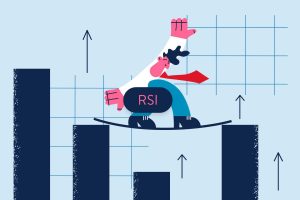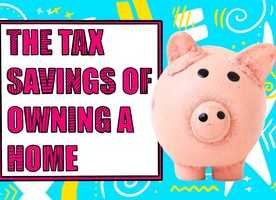Succeeding in options investing comes down to making the right movesright moves at the right time — and that includes choosing the right strike price.
Whether you are a beginner investor looking to understand the definition or an experienced investor looking to brush up on the topic, let’s take a deeper dive into the strike price.
What is a Strike Price?
A strike price, also known as the exercise price, is a fixed price indicated in a derivative contract at which financial products can be bought or sold.
Remember that derivatives are financial products whose value is based, or “derived” on the underlying asset like a stock, bonds, etc., traded on the market.
A strike price is only executable before the contract’s expiration date.
Next, we’ll look at how a strike price differs for call and put options.
Strike Price For Call Options
The call option is the purchase-end of the strike price.
If you buy a call option, you have the prerogative of buying the underlying product, asset/security in the future at the stipulated price.
Strike Price For Put Options
In the case of put options, the put option buyer has the prerogative of selling the underlying asset/commodity in the future before the expiration date at the strike price.
How is Strike Price Calculated?
Set by the options exchanges, the value of a strike price depends on the current market price of the underlying asset/security alongside trading volume and market volatility.
3 Types of Strike Prices
There are three types of strike prices:
We’ll look at each one next.
In-the-Money (ITM) Strike Prices
In the Money strike prices have intrinsic value, at which an option holder can buy the asset/security below the market price.
These prices are favorable to the market price of the underlying asset.
At-the-Money (ATM) Strike Prices
At the Money strike prices are identical, or almost identical, to the underlying asset’s market price.
These kinds of strike price options have no intrinsic value, but develop time value.
Out-of-the-Money Strike Prices
Out of the money strike prices have only extrinsic value.
Strike Price Example
Let’s take a look at an example of strike price.
Let’s assume there are two option contracts for a company — one has a strike price on a call option, and the other is a put option.
Hypothetically, the contract also gives the option holder the right to buy or sell 100 shares of the company before the contract’s expiration date.
The investor gets to exercise this right if the option is In-the-Money or At-the-money.
Assuming that the strike price is $54 and the market price is $50, the option cost is $1.
100 shares x $1 = $100.
Next, determine the break-even price: $54 – $1 = $53
Given that the current price is lower than the break-even price, the put option is In-the-Money.
The profit per share is $54 – $50 = $4.
Gross profit $4 x 100 shares = $400
As an investor, if you plan to purchase a call, the market price has to be greater than the Strike Price.
The Bottom Line: Strike Price
Choosing the right strike price options depends on:
Putting this knowledge of a strike price into action can help ensure that your next investment is your most profitable one yet.













